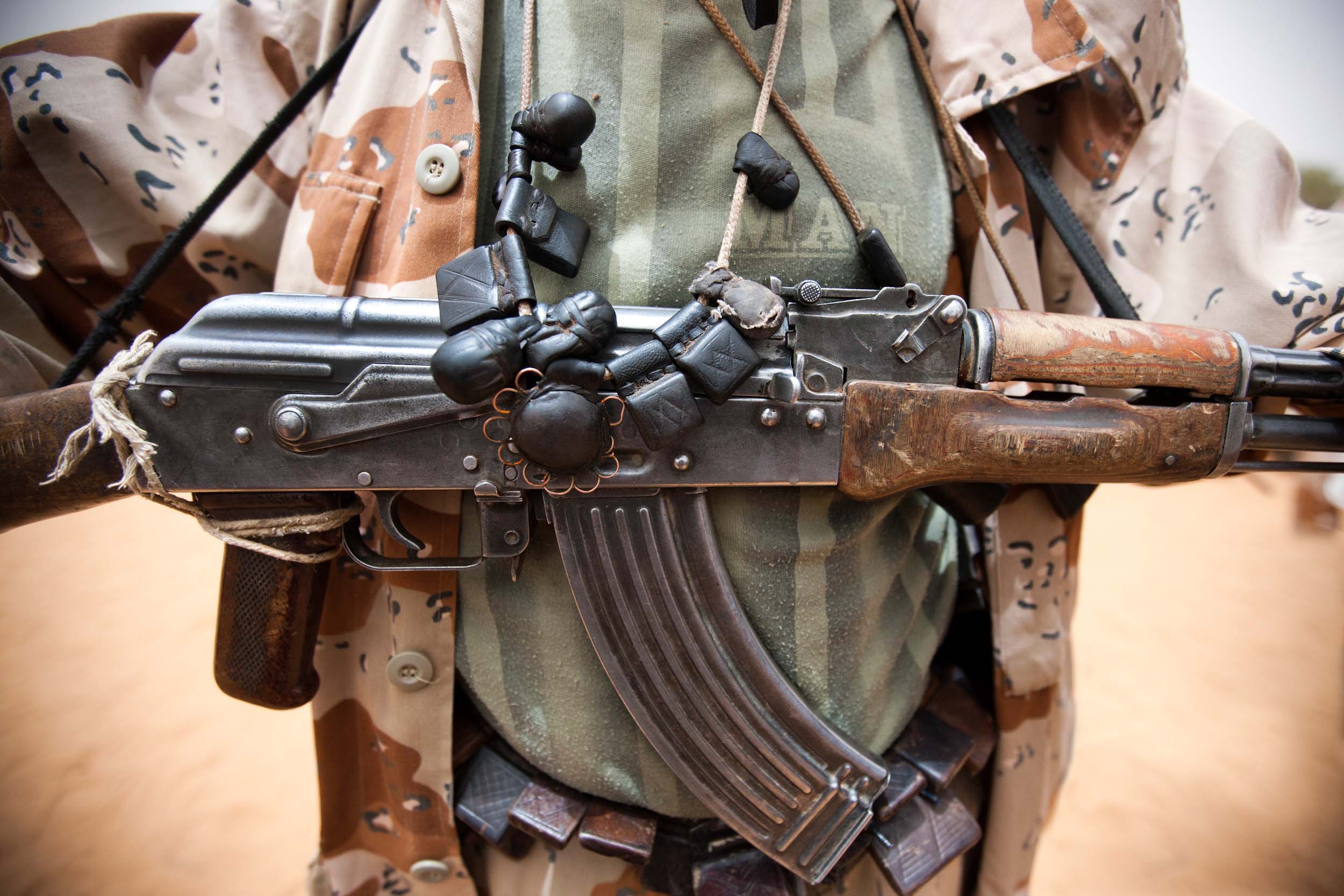Recruitment and Use of Children in Armed Conflict: Myth and Reality

Children continue to be recruited and used in a number of conflict zones around the world. Although international efforts are being made to prevent the use of child soldiers and to hold those responsible to account, it is estimated that there are hundreds of thousands of children in armed groups around the world. Unfortunately, the exact number of children is unknown.
When we think of the child soldier a common stereotype comes to mind: a young child, typically a boy, a faultless and passive victim, who has been psychologically devastated and irreparably damaged from fighting on the frontlines in an armed conflict. In reality, the use of children in armed conflict presents a much more complex picture.
Myth 1: The Child on the Frontlines
Children become associated with armed forces or groups in many capacities: direct and auxiliary, hostile and non-hostile. So what is a ‘child soldier’? According to the Paris Principles, a child soldier is a person below the age of 18 who has been associated with an armed force or armed group or recruited or used by an armed force or armed group in any capacity. The definition is not limited to a child who is taking or has taken a direct part in hostilities. So-called ‘child soldiers’ are used well beyond the frontlines as bodyguards, servants, porters, messengers, spies, lookouts, and cooks. In that way, the correct term to use is Children Associated with Armed Forces and Groups (CAAFAG).
Myth 2: The Young Child
Although boys and girls as young as seven years old are serving in and alongside both government forces and armed opposition groups, not all child soldiers fit this category. Adolescents, and in particular children over the age of 15, also bear the brunt of the indignities of involvement with armed forces and groups. When we focus only on very young children, we fail to see the full extent of the recruitment and use of children in armed conflict.
Myth 3: The Abducted Child
Not all children are forcibly conscripted. There are various factors that contribute to child recruitment. Street violence, extreme poverty, and the absence of support structures – particularly affecting children who do not have parental or guardian care – increase the likelihood of children being recruited into armed forces or armed groups. Some children join to escape poverty, to defend their communities, to join a cause, to be among their peers, or out of a feeling of revenge, among other reasons.
Myth 4: The Boy Child
A quick Google search of the word ‘child soldiers’ reveals thousands of photos of boys. It is important to note that girls too are recruited and used by armed forces and groups. They too are used as fighters as well as cooks, porters, messengers, spies, and/or for sexual purposes, to name a few.
Regardless of a child’s age, how he or she is recruited, or what role they play, the participation of children in conflict has serious implications for their physical and emotional well-being as well as for their education.
We need to see beyond the myths and stereotypes of the child soldier to fully understand the many complex and varied ways in which children’s rights are violated in armed conflict.
Stahili monitors and reports on the impact of conflict on children in Syria, Iraq, Mali, Lebanon, Jordan, South Sudan, Central African Republic, Libya, Yemen, Turkey, Somalia and Colombia in collaboration with the Lori E. Talsky Center for Human Rights of Women and Children and Roméo Dallaire’s Child Soldiers Initiative.
This piece has been published as a part of Stahili’s 6 grave violations campaign.Also read our latest post on Sexual Violence Against Girls and Boys in Armed Conflict and visit our website in the coming weeks for new posts.